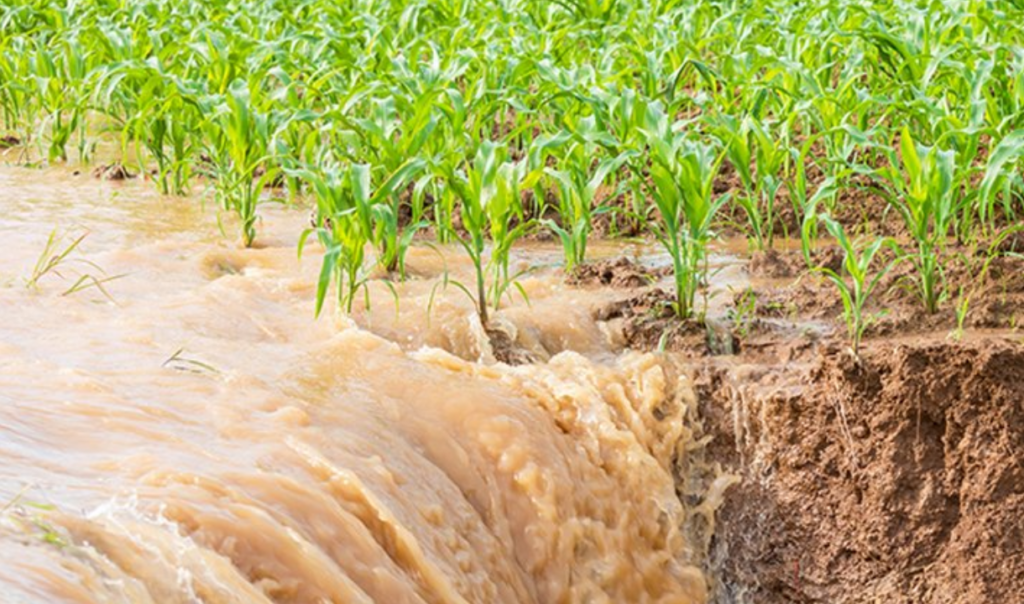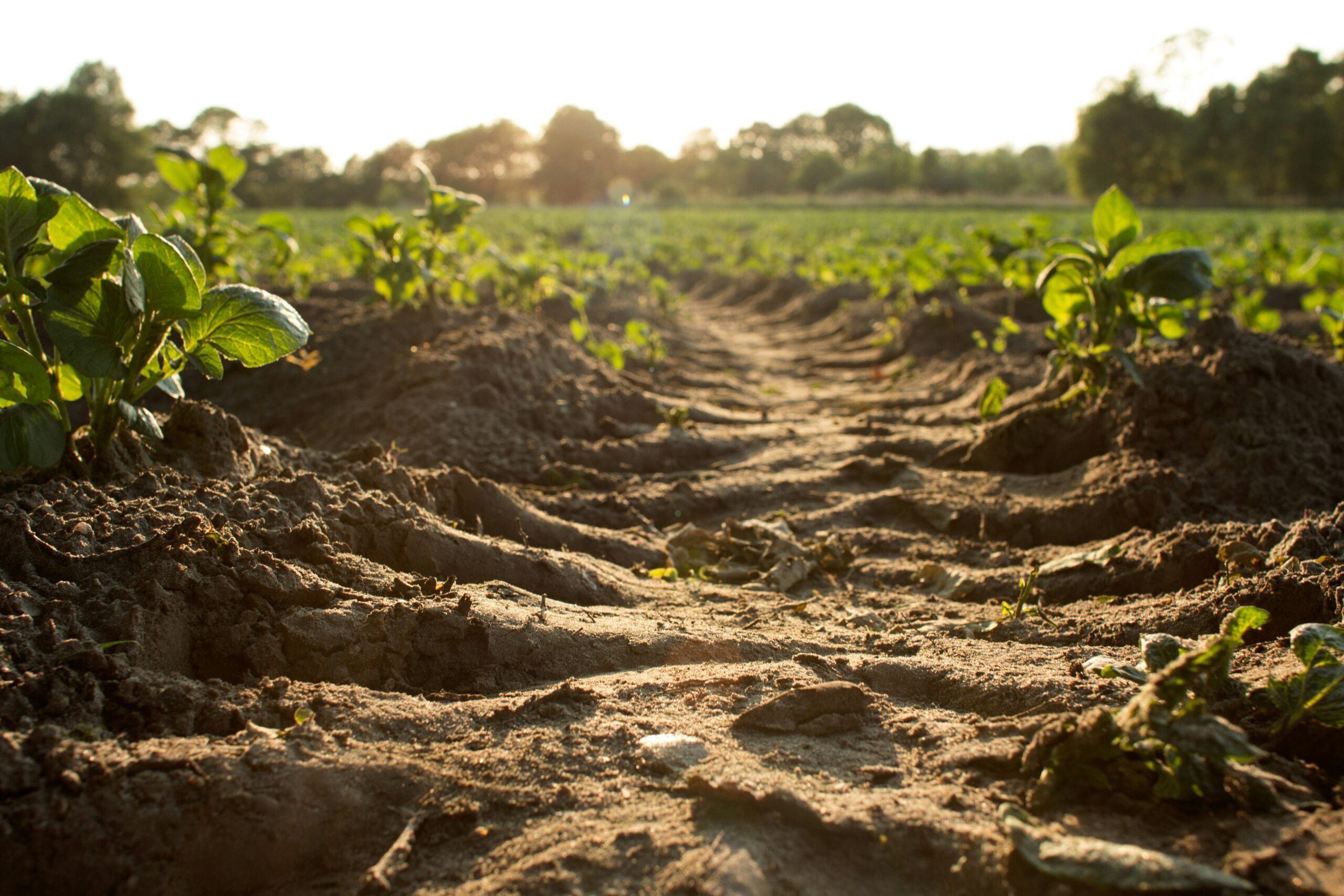Food & Climate
More than 60% of the EU’s agricultural soils are now classified as degraded by intensive farming, with roughly 40% of UK farmland soils similarly damaged.
A new report from the “Save Soil” initiative finds that decades of heavy mechanisation, fertilisers, and pesticides have worn away soil structure and fertility, according to a report seen by “Food & Climate” platform.
The loss of soil health has cascading effects: impoverished soils no longer act as a sponge, worsening floods and droughts in rapid succession.
“Europe and the UK are experiencing extremes – parched fields one-month, flooded towns the next,” a Save Soil spokesperson warns. The degraded soils can no longer buffer water or store carbon effectively, intensifying climate impacts on food production.
In 2022, a third of the EU population and 40% of the bloc’s land were affected by water scarcity, while Spain, Italy and Germany have also seen disastrous floods in 2023-2024, the report noted. Groundwater levels have dropped by a third in France, and the UK is likely to see drought this year despite record rain last year.
Intensive Farming’s Toll
Modern farming practices have dramatically accelerated soil loss. Experts report that intensive cultivation has stripped soils of organic matter and life, making them prone to erosion and compaction. Decades of ploughing, chemical inputs, and monocultures have depleted the living organisms that hold soil together and cycle nutrients, according to “The Guardian”.
As one analysis noted, “few things matter more to humans than soil” – a “vast reservoir of biodiversity” that underpins our food supply. Yet the same analysis warned that “a large proportion of the Earth’s surface has been degraded as a result of human activities,” primarily intensive agriculture. In Europe, this trend shows: nutrient runoff and loss of topsoil are feeding back into poorer yields and greater reliance on fertilisers and irrigation. Key impacts of degraded soils include:

Water imbalance: Healthy soils act like a sponge, retaining rainwater. Degraded soils let water run-off, causing floods, then go bone-dry in drought.
Carbon release: Soils store vast amounts of carbon. When soils break down, they release CO₂, undermining climate mitigation.
Food security risks: Since 95% of food in the block depends on EU’s agricultural soils, lost fertility and organic content directly threaten harvests and nutrition.
Biodiversity loss: Rich soil ecosystems that recycle nutrients and fight pests collapse, as scientists note that soil organisms are “out of sight… few things matter more” for food production.
Save Soil, which advocates regenerative farming practices, called for soil restoration to be made a key priority of climate programmes, and for changes in agricultural policies and subsidies to reward it.
EU’s agricultural soils collapse effects
The European summer of 2025 has already highlighted the new extremes. Record heat and scant winter rain left many areas parched; in contrast, sudden storms dumped vast deluges in a few regions. By March 2025, most of central Europe was abnormally dry. Germany’s March 2025 was the driest on record, and by mid-April, the Rhine River at Cologne was flowing at roughly half its normal level.
Meanwhile, torrential rains have caused violent flash floods. In early May, storms in Valencia (Spain) brought intense hail and rain, quickly inundating fields and towns. Such extremes underline the vicious cycle: degraded soils cannot absorb heavy rains, so water runs off as floods; but those same soils hold little moisture and spring to dust in dry spells.
The EU’s climate agency has noted that “warmer-than-average weather and lower precipitation” are stressing rivers and crops across Europe. As one farming report emphasizes, soil health is now “critical for resilience against the impacts of climate change, such as flooding and drought”, according to “EU Commission” website.
Poor soils imperil harvests and raise food costs. Nutrient-poor earth yields less, requiring more fertiliser and energy inputs – further eroding soil life.
The Save Soil report warns that EU’s agricultural soils collapse could drive food shortages and price spikes across Europe as climate extremes hit yields.

Already, farmers are seeing weaker grain and vegetable growth where subsoil moisture is gone. A UK parliamentary inquiry notes that degraded soils are linked to carbon losses, costing the economy billions, and “threatening biodiversity, water resources, and soil fertility.” In essence, losing the thin topsoil slowly locks in a cycle of declining productivity. One expert reminds us that soil forms over thousands of years; once lost, it takes generations to replace.
The Save Soil initiative has called for soil restoration to be a priority in climate and farming policies, including incentives for regenerative practices. UK environmental groups have similarly urged ministers to give soil “the same protection as water and air” and to back nature-friendly farming instead of chemical-heavy methods.

